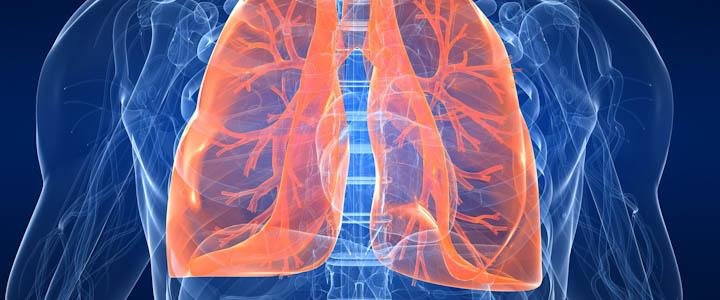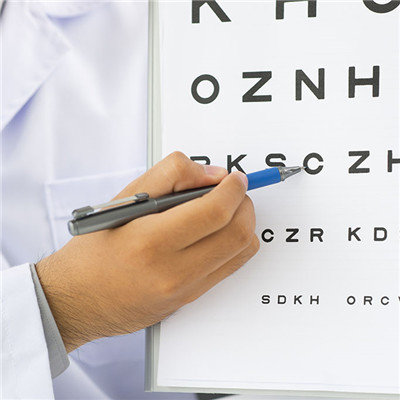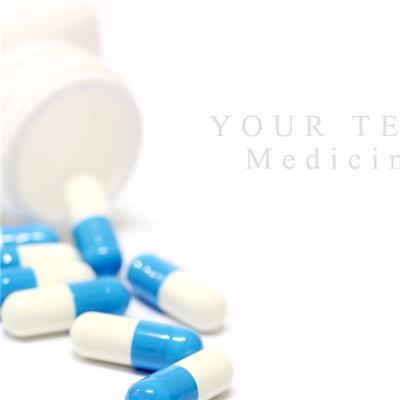Cystitis symptoms after radiotherapy?
summary
Although illness is a natural phenomenon, many diseases are high-risk, and the treatment is very difficult, and even complicated with other diseases. For example, in the treatment of cervical cancer, radiotherapy is often used, at this time, inflammation will appear because of the stimulation and radiation to the bladder. In the face of this phenomenon, we can not underestimate the symptoms of cystitis after radiotherapy? Let's talk about it.
Cystitis symptoms after radiotherapy?
1) Mild often manifested as sudden hematuria, but also accompanied by frequent micturition, urgency, cystoscopy can be seen pale mucosa, thin, bladder volume reduced, small blood vessels become brittle, sometimes visible rupture of small blood vessels bleeding. When hematuria occurs, there are often inducements, such as fatigue and suffocation. When there is a large amount of hematuria, electrocautery under cystoscope and laser hemostasis can be used.
2) Moderate recurrent or persistent refractory hematuria accompanied by urgency, frequency and pain. Repeated bleeding and blood clot in bladder can cause urinary retention or ureteral obstruction. Cystoscopy showed small volume of bladder, contracture of bladder, disappearance of elasticity of bladder wall, hyperemia, edema, erosion, ulcer, necrosis, vasodilation and bleeding.
3) Severe vesicovaginal fistula often occurs on the basis of the above bladder lesions. There is no special effective treatment method. Cystostomy is not an ideal way to solve the problem of urinary leakage. It is difficult to estimate the advantages and disadvantages of other bladder replacement operations. However, experience has shown that if the problem of leakage of urine can not be solved, if self-care is appropriate, long-term survival can be achieved.
matters needing attention
1) The catheter should be kept open for a long time to maintain the empty bladder; 2) Bladder drug lavage, reduce bleeding: such as the use of 1% silver nitrate solution, 1% alum solution, 4% or 10% formaldehyde solution. Norepinephrine can be added to the flushing solution to help stop bleeding. 3) Systemic hemostatic drugs: oral or injection of hemostatic agents, 4) application of antibiotics to control infection: such as penicillin, cephalosporins, furantodine, sulfonamides, norfloxacin, etc; 5) Supportive therapy: blood transfusion, rehydration, etc. if necessary.
















